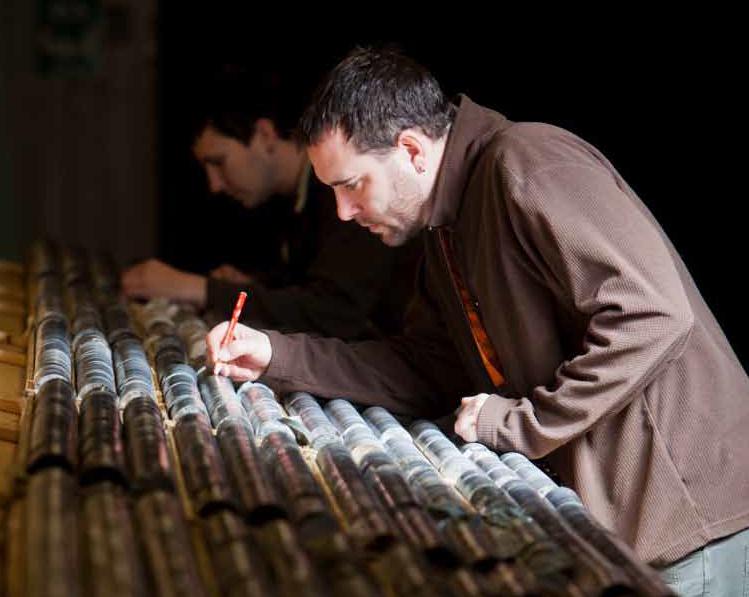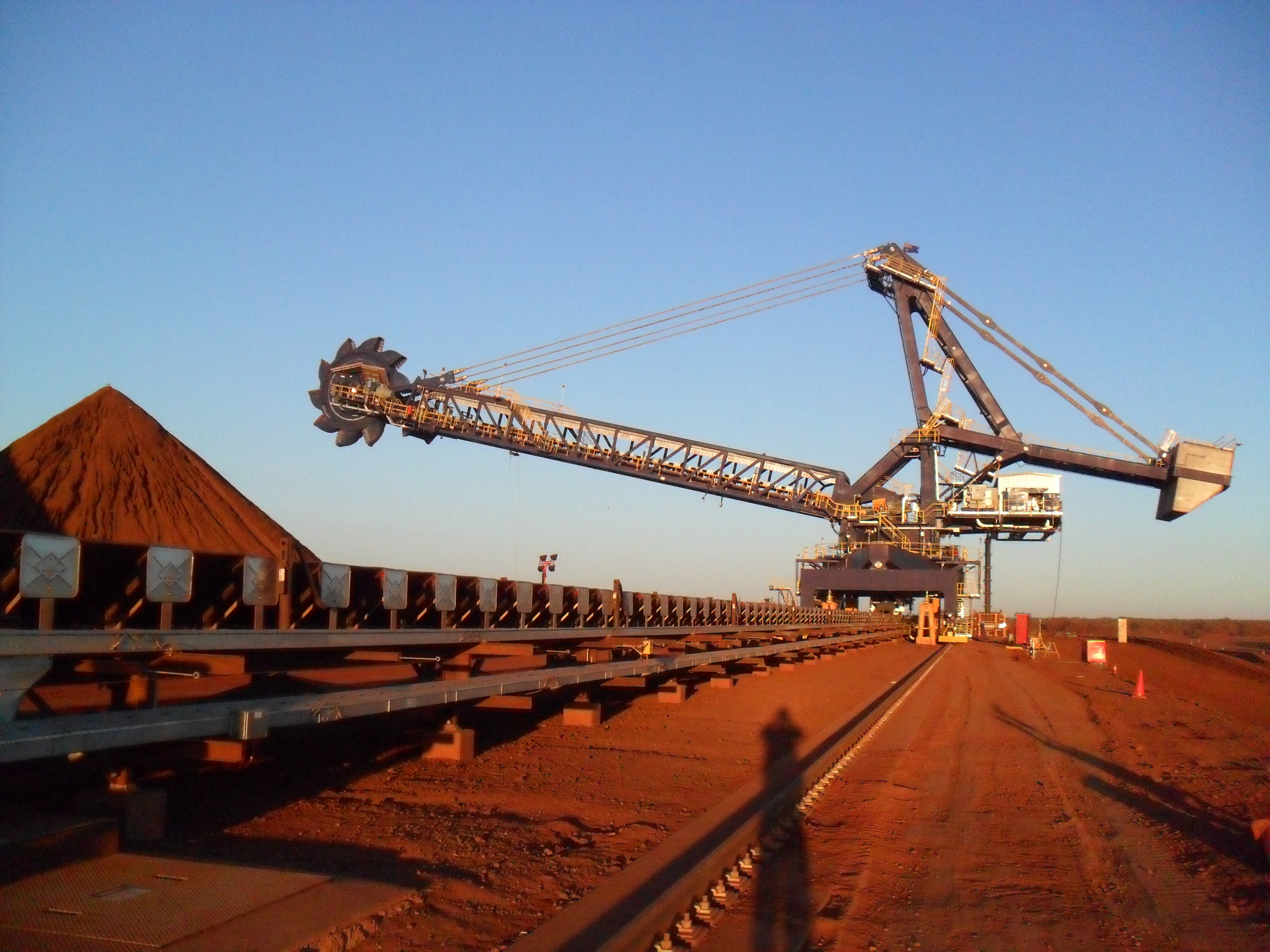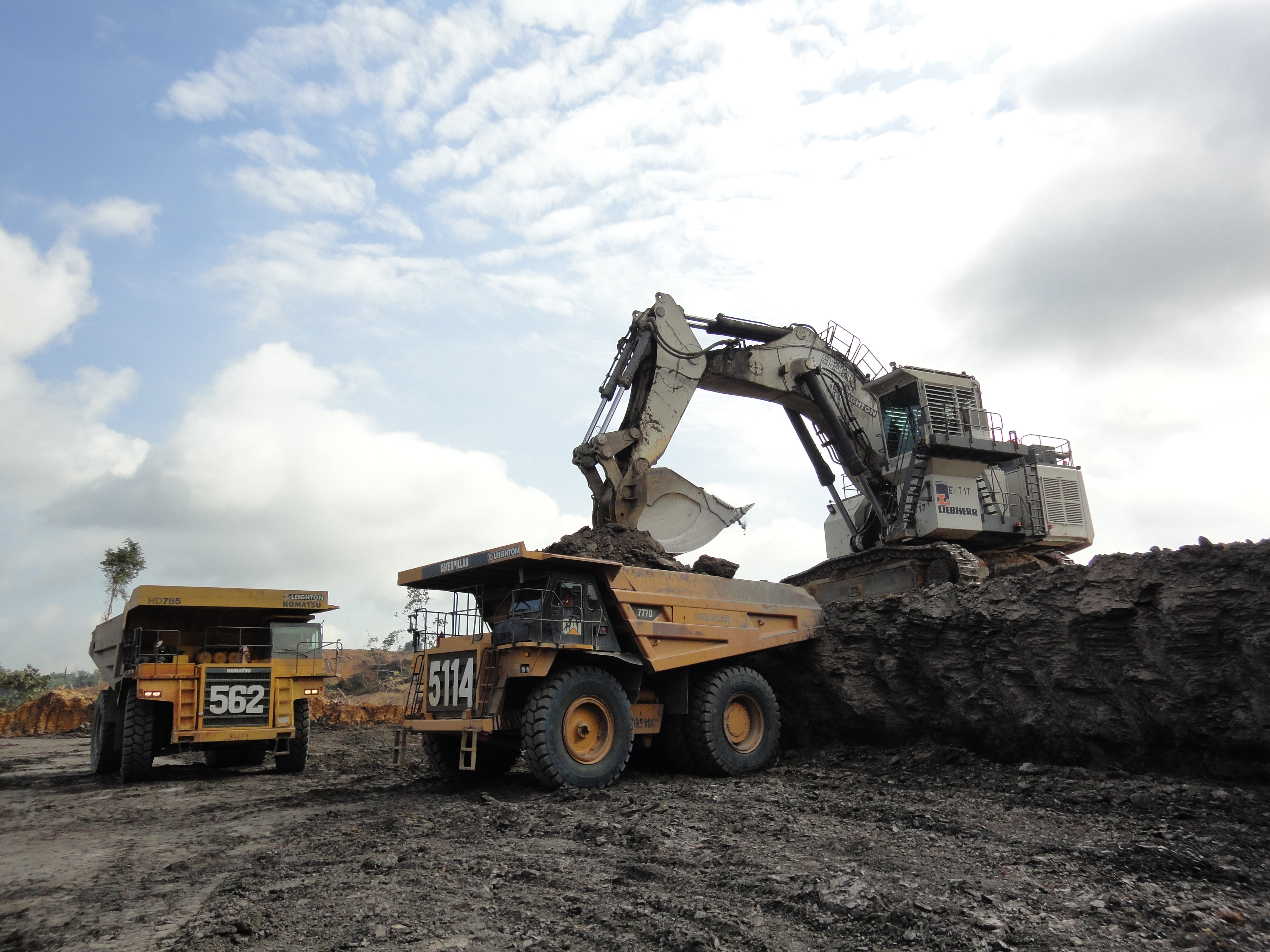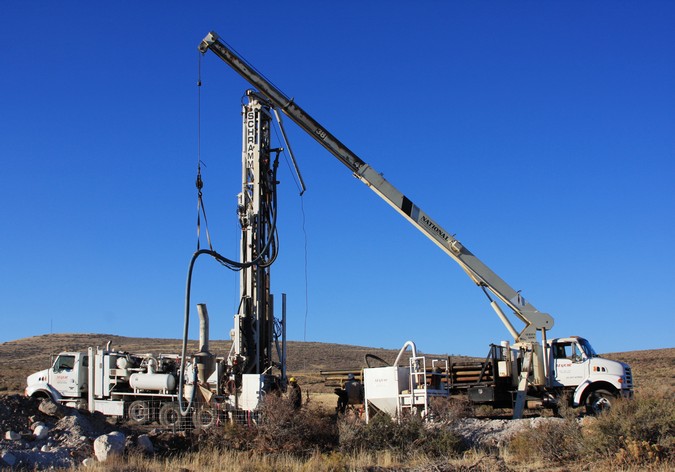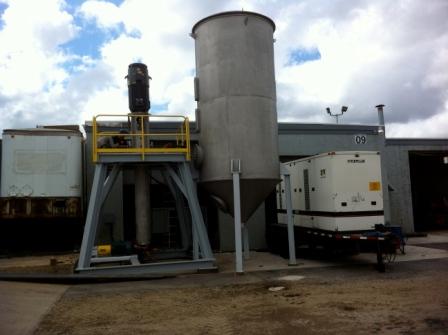
Lithium Exploration Group has begun the initial testing of its ultrasonic generator in Pennsylvania, United States.
The testing begins today and will run for ten days. The purpose of the test is to operate all of the componentry together, bring the generator to optimal speed and pressure to harness the cavitation and produce steam, and identify the optimal settings for all of the stages of the unit.




 CarrickGold-EMEA-Apr12-Bro-s.pdf
CarrickGold-EMEA-Apr12-Bro-s.pdf
